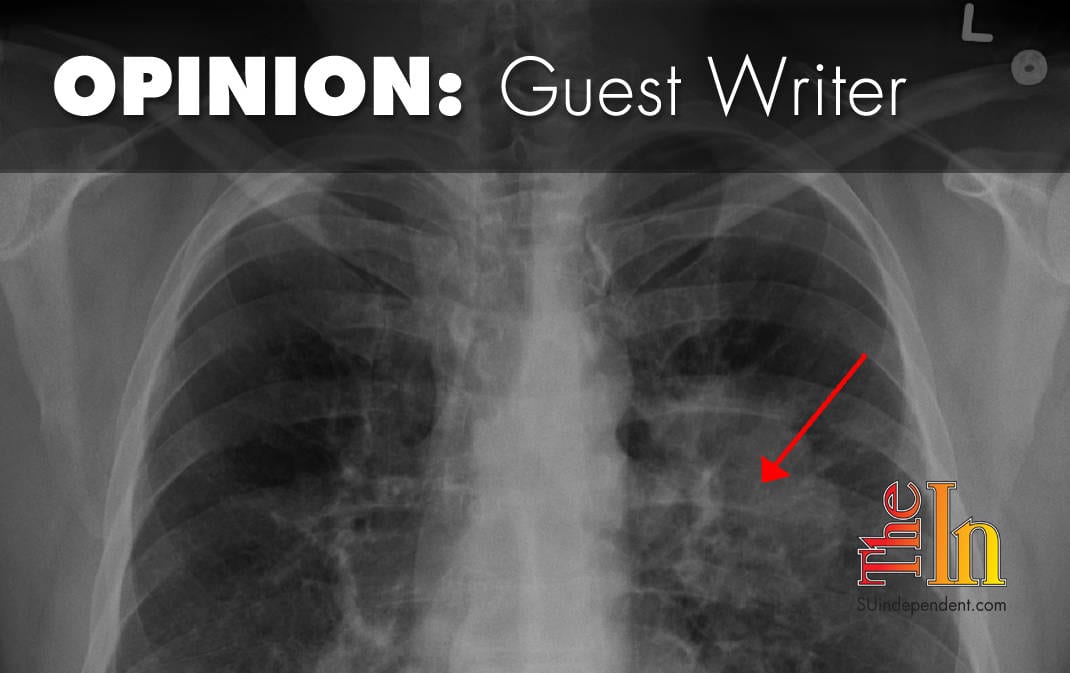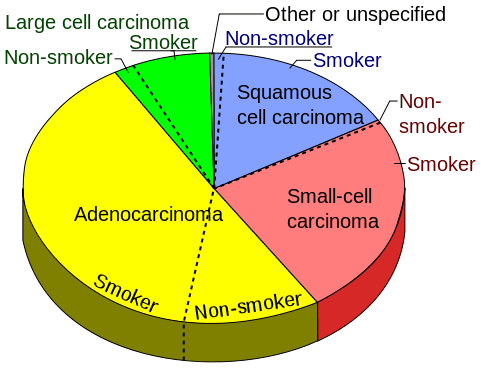
Written by Robert Goldberg
Oncologists are supposed to treat cancer patients. But some have decided instead to set themselves up as judges of what patients’ lives are worth. This type of bean-counting ought to be abhorrent to anyone who calls himself a physician.
A recent article in JAMA Oncology is emblematic of this strain of thinking. The piece employs a “value framework” endorsed by the American Society of Clinical Oncologists to determine what a new drug “should” cost. Once approved by the FDA, the drug in question, necitumumab, will be the first of its kind to treat stage IV squamous non-small-cell lung cancer.
 The lead author of the article, Daniel Goldstein, noted that adding necitumumab to the standard combination of drugs for such patients “only” adds about two months to patients’ life, on average. As a result, he calculates, necitumumab should cost $600 a month.
The lead author of the article, Daniel Goldstein, noted that adding necitumumab to the standard combination of drugs for such patients “only” adds about two months to patients’ life, on average. As a result, he calculates, necitumumab should cost $600 a month.
Put another way, Goldstein believes that each extra day of life is worth, at most, $20. About the same price as a new toaster.
Goldstein’s morbid conclusion marginalizes the value of life.
Necitumumab is not just another drug. As Nick Thatcher, the lead investigator for the necitumumab clinical trials, observed, “I think it’s important to remember we’re dealing with squamous cell lung cancer,” which has proved notoriously difficult to treat. “It’s the first time,” he notes, “that we’ve seen benefits in this group of patients over the last 20 or 25 years.” In that context, demonstrating any effectiveness at all counts as a breakthrough.
History indicates that more profound breakthroughs will follow as researchers build on each incremental advance. The first anti-AIDS treatments added “only” two months of life in 1987. By 2006, a combination of new drugs — tailored to the particular biology of the patients — added 15 years of life. The value framework doesn’t account for increasing medical progress over time.
 Moreover, the value framework does not measure the value of living longer from the patient’s perspective. The five-year survival rate for those diagnosed with this form and stage of lung cancer is one percent. Isn’t every extra day with loved ones — and beating cancer — worth more than $20?
Moreover, the value framework does not measure the value of living longer from the patient’s perspective. The five-year survival rate for those diagnosed with this form and stage of lung cancer is one percent. Isn’t every extra day with loved ones — and beating cancer — worth more than $20?
Goldstein’s conclusion — that many oncology drugs in clinical practice in the United States would fare poorly in cost-effectiveness analyses — could be applied to lung cancer treatment prices as a whole. Since 1973, the average survival generated by any type of chemotherapy is 1.7 months. The average cost of treating lung cancer patients in the last year of life is $94,000. Drugs are about 20 percent of that spending. Why not let people die 1.7 months sooner and save the money?
When insurance companies try to control costs by restricting access to treatments like necitumumab, they are rightly lambasted for it. Doctors who seek to determine which drugs are worth paying for are no better.
We would not countenance paying more to extend the life of a rich man than a poor one, whatever the difference in their economic “value.” But it is no more acceptable to average the social value of their lives in deciding whether it’s worth it to treat them.
A cynic, it is said, knows the price of everything and the value of nothing. By this measure, ASCO’s framework is cynical in the extreme. The only framework worth defending is one that says life is too precious to put a price on it.
Robert Goldberg, Ph.D., is vice president of the Center for Medicine in the Public Interest.



